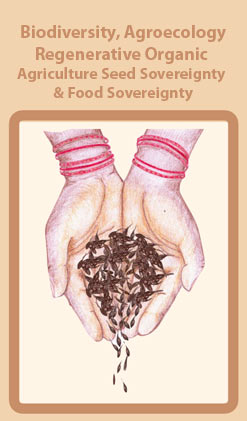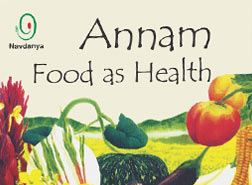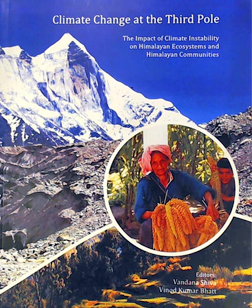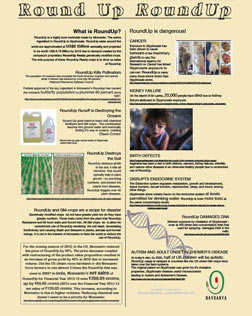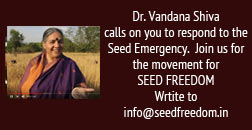While all eyes are on the little Whitefly, I think the agrarian tragedy in Punjab has a hidden culprit. Whitefly which is a common pest in Punjab, has been around the farmers fields from generations. It has been controlled using traditional wisdom of farmers and done so quite effectively by using inter-cropping, insectaries, organic pesticides and resilient crops for centuries.
So how come swarms of whitefly have suddenly managed to destroy the 2/3rd of the cotton crop in one go? It is interesting to note that Whitefly which never attacked cotton, has suddenly developed an appetite for cotton. As per news reports we can confirm that out of the 12 lakh acres under with cotton cultivation in Punjab, almost all of it is planted with Bt Cotton.
The Bt Cotton is a genetically modified variety of cotton that has been inserted with genes from bacterium Bacillus thuringiensis. It is supposed to produce over 200 different Bt toxins, each harmful to different insects. Despite the gene modification, farmers in Punjab sprayed as much as 12-15 rounds of chemical pesticides on their cotton crops. Each round of this spray cost approximately 3200 rupees per acre.
It is to also consider that 300,000 farmers suicides have taken place in the cotton belt which is now predominantly a Bt cotton belt. GMO Bt cotton was supposed to be a pest control technology that would replace pesticides. However Bt cotton has proven to be a pest creating technology, with epidemics of pests that never affected cotton in India before Bt cotton was introduced, illegally in 1998, and with GEAC approval in 2002.
All the preventive measures adopted by the farmers of Punjab have lead to three visible results, cotton crop failure in Punjab, about rupees 150 crores into coffers of the cotton pesticide makers alone and third that organic fertilizers, pesticides and non-GM seeds have successfully outperformed their GM counterparts in warding off the pests and suffered less damage.
Read More


